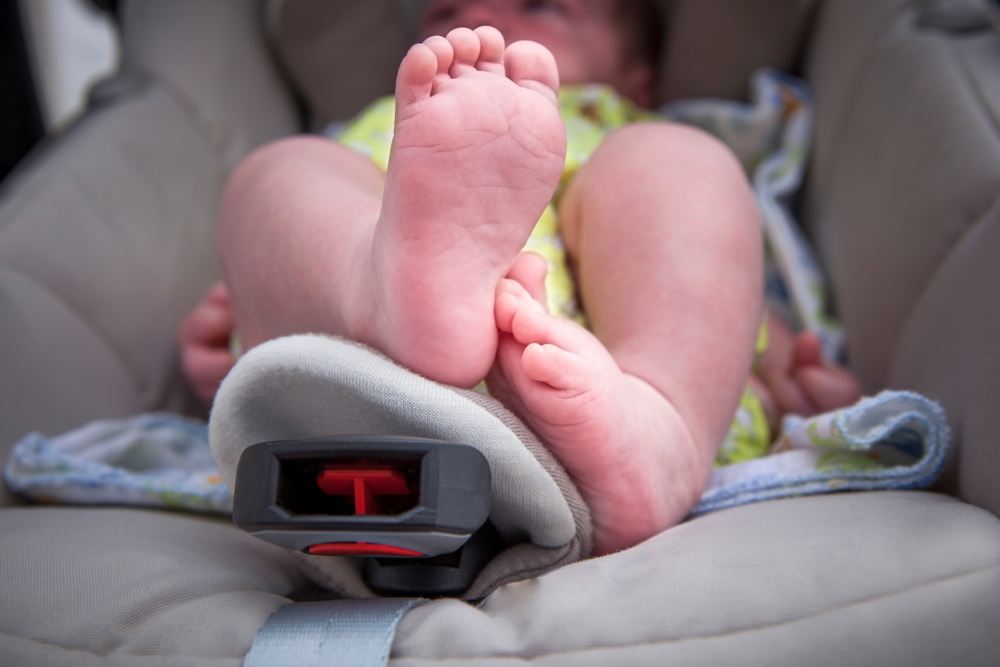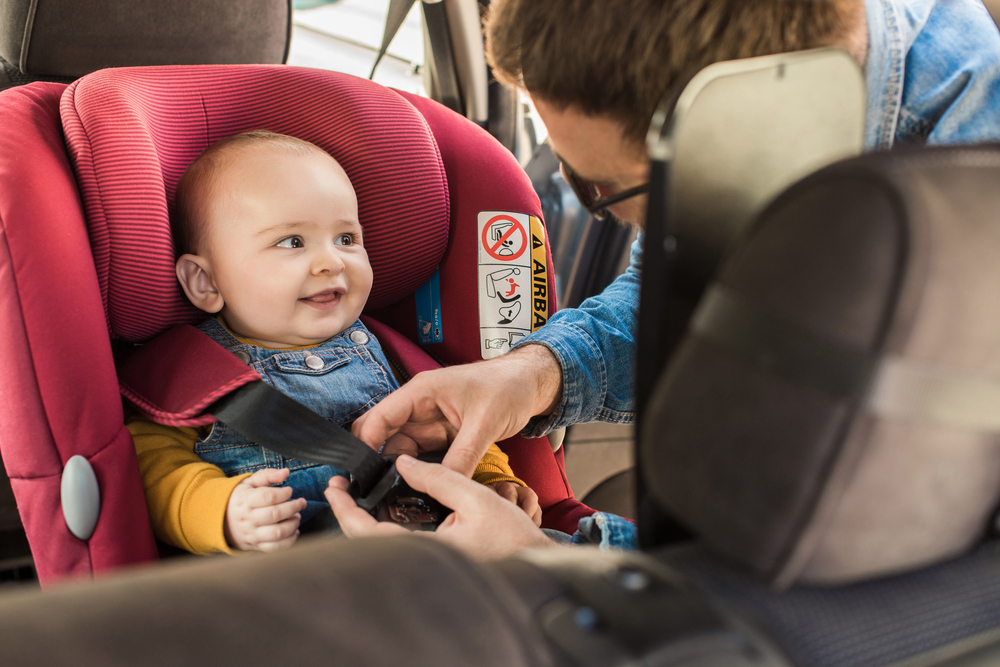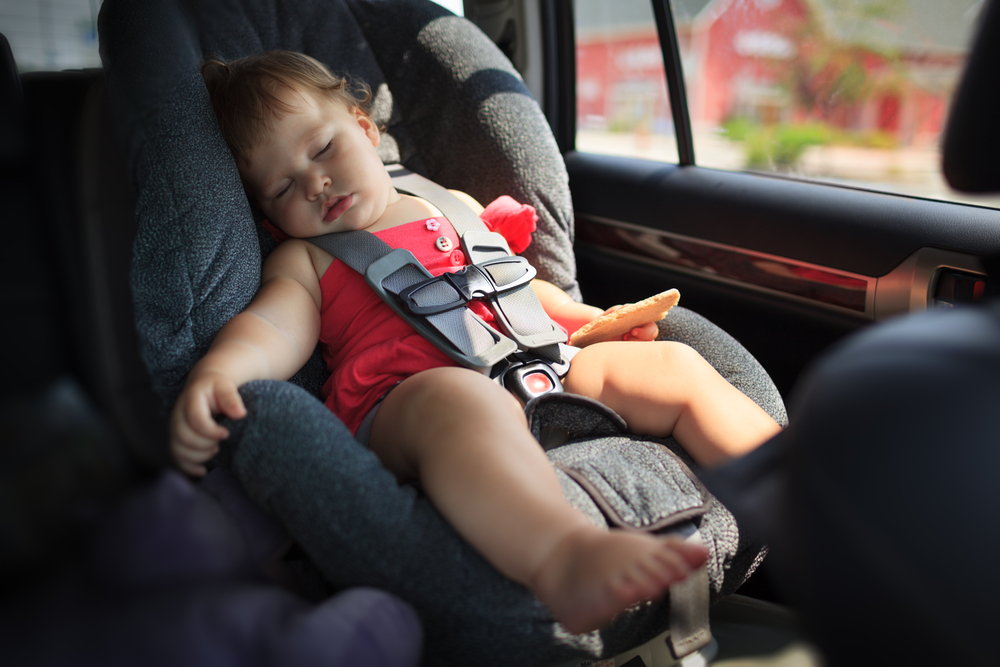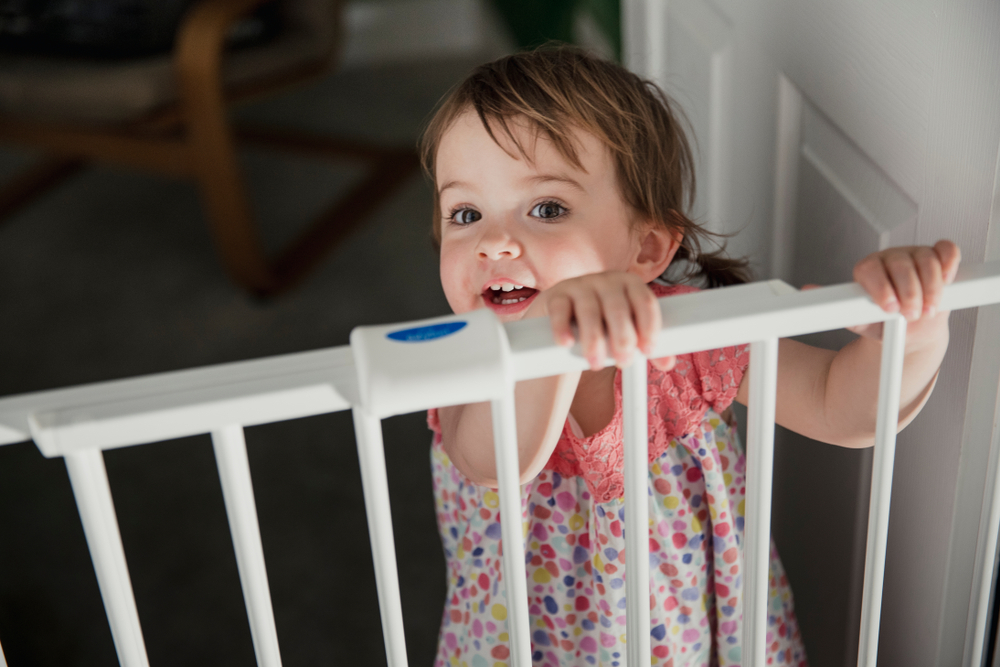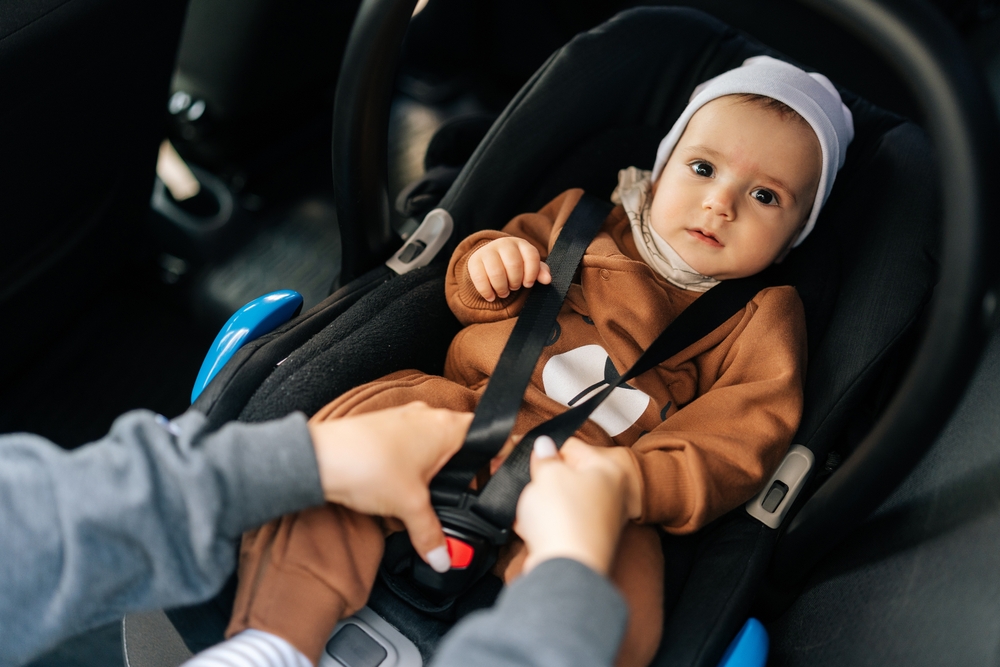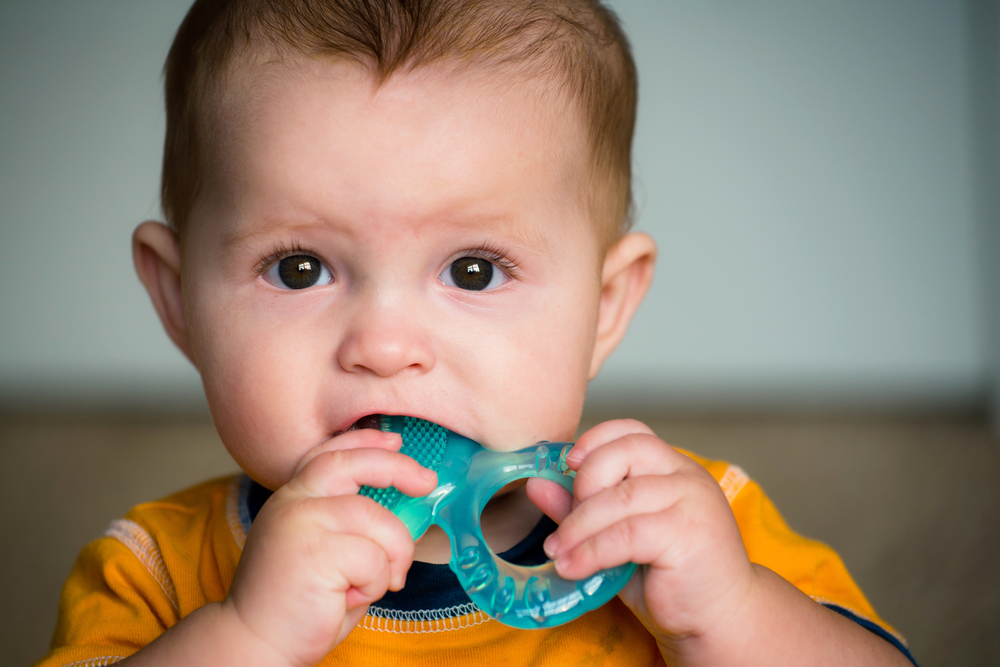In July 2013 a new EU safety regulation was introduced for children car seats called the i-Size. The i-Size is the first phase of a new safety regulation, specifically for Isofix seats, catchily known as R129, which aims to make child car seats safer.
But before you start worrying that you need to throw out your current car seats, the previous regulation seat, the R44 (again, another catchy name), can still be used (and bought). However, it is likely that in some years’ time the law will require that only i-Size seats can be sold.
So, what are the main changes in an i-Size car seat?
- A suitable seat for your child is based on height not weight:
Previously, you were required to know your child’s weight in order to determine which seat would be correct, however, the i-Size uses height. This makes choosing a seat easier, as you are more likely to know your child’s height than you are their weight.
- I-Size seats stay rear-facing until 15 months old:
Children are often moved to a forward-facing car seat much too early. Research has shown that rear-facing is safer, giving as much as 75% more protection than forward-facing. The i-Size ensures that seats face backwards until a child is at least 15 months old, with some cars giving the option of rear-facing until 4 years old.
- Side impact testing:
An i-Size seat will have had thorough safety testing, including a side impact test. This ensures that the seat is able to provide suitable protection should a side collision occur.
I-Size seats fit cars that have Isofix fitting points, however, they are only compatible with i-Size approved vehicles. Unfortunately, currently there are very few i-Size ready cars available in the UK. However, this number is due to increase over the next few years, and in the meantime, as long as your current car seat meets the old regulations you are fine.

